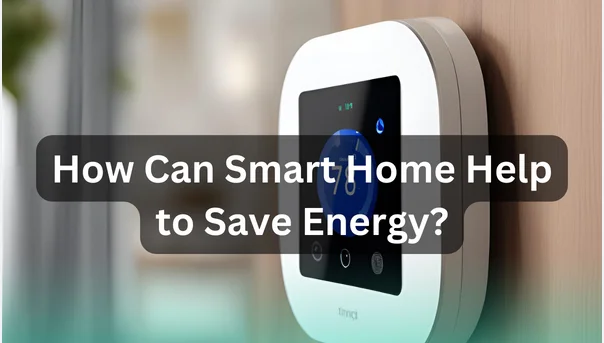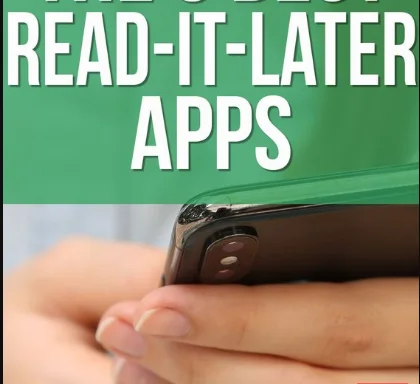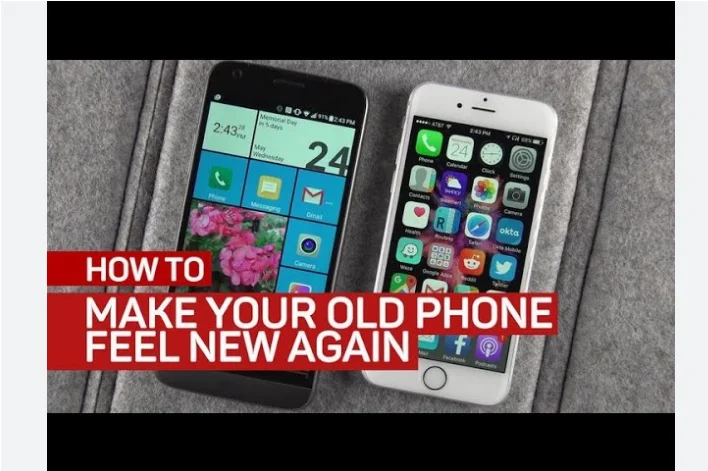12 ways to make iphones and androids get along better
Navigating the transition from Android to iphones or seeking to harmonize interactions between the dominant mobile platforms—iOS and Android—can be exciting and challenging. Whether you’re contemplating the switch to an iPhone or aiming to integrate the best of both worlds, understanding the processes and nuances can greatly enhance your mobile experience.
From seamless data transfers and app compatibility to optimizing messaging and customization options, this guide explores practical steps to facilitate a smooth transition, highlights the strengths of each platform, and offers insights on how to bridge the gap between iPhone and Android ecosystems effectively. Whether you’re a new iPhone user looking to make the most of your device or an Android enthusiast exploring cross-platform solutions, this comprehensive approach aims to empower users with practical strategies and insights for a cohesive mobile experience.
twelve ways to improve
Here are twelve ways to improve compatibility and interaction between iPhones and Android devices:
- Use Cross-Platform Apps: Opt for apps available on iOS and Android to ensure seamless communication and data sharing.
- Standard Messaging Apps: Utilize messaging apps like WhatsApp, Telegram, or Signal that work well across both platforms for texting and multimedia sharing.
- Cloud Services: Sync photos, documents, and files using cloud services like Google Drive, Dropbox, iCloud, or OneDrive, which are accessible from both iOS and Android.
- Cross-Platform Video Calls: Apps such as Zoom, Google Meet, or Skype allow video calls between iPhone and Android users without compatibility issues.
- Bluetooth Connectivity: Use Bluetooth for sharing files, pairing devices, or connecting accessories like headphones, speakers, or smartwatches.
- Wi-Fi Direct: Transfer large files quickly using Wi-Fi Direct, which allows direct device-to-device connections without needing an internet connection.
- Unified Email Platforms: Utilize email platforms like Gmail, Outlook, or Apple Mail that provide seamless integration across both operating systems.
- Social Media Integration: Share content easily across platforms via social media apps like Facebook, Instagram, Twitter, or LinkedIn.
- Cross-Platform Gaming: Play games available on iOS and Android or support multiplayer modes across different devices.
- Universal Standards: Use universal standards like NFC (Near Field Communication) for sharing contacts, payment information, or pairing devices.
- Third-Party Accessories: Opt for accessories (chargers, cables, docks) that support both Lightning (iOS) and USB-C (Android) connections for compatibility.
- Respect Platform-Specific Features: Understand and respect platform-specific features and limitations to optimize user experience when interacting between iOS and Android devices.
By implementing these strategies, users can enhance the interoperability and user experience between iPhones and Androids, facilitating smoother communication, data sharing, and collaboration across different platforms.
How to Smoothly Transition from Android to iPhone?
Transitioning from Android to iPhone can be seamless with these steps:
- Backup Data: Use a Google Account to back up contacts, photos, and documents. On iPhone, use iCloud or Move to iOS app.
- Transfer Content: Use the Move to iOS app to transfer contacts, message history, photos, videos, web bookmarks, mail accounts, and calendars.
- Set Up Apps: Download iPhone versions of apps. Log in with existing accounts to sync data and settings.
- Adjust Settings: Familiarize yourself with iOS settings and customize preferences for notifications, privacy, and accessibility.
- Learn Gestures: iOS uses gestures for navigation, multitasking, and accessing the Control Center. Practice and adjust to the new system.
- Explore iOS Features: Discover unique iOS features like AirDrop, Siri, FaceTime, and iCloud integration for seamless connectivity.
What Makes iPhone Better Than Android?
iPhone excels in several areas compared to Android:
- Ecosystem Integration: Seamless integration with other Apple devices like Macs, iPads, and Apple Watch.
- Software Updates: Timely and consistent software updates across all supported devices.
- Hardware and Design: Premium build quality, sleek design, and hardware and software optimization.
- App Store: High-quality apps optimized for iOS devices with a stringent app review process.
- Privacy and Security: Strong emphasis on user privacy and security features.
How Can I Make My Android More Like an iPhone?
To make your Android device more like an iPhone, consider these steps:
- Launcher Apps: Use iOS launcher apps from the Google Play Store to mimic the iOS home screen layout and icons.
- iOS Themes: Apply iOS-like themes for icons, wallpapers, and fonts.
- Notification Management: Use apps to manage notifications and group them like iOS.
- Gesture Navigation: Enable gesture-based navigation similar to iOS on Android.
- Apple Services: Use Apple Music, iCloud Drive, or other Apple services available on Android.
What is the Best Way to Text Between iPhone and Android?
To ensure smooth texting between iPhone and Android:
- Use Cross-Platform Apps: Messaging apps like WhatsApp, Telegram, Signal, or Facebook Messenger work well on both platforms.
- SMS/MMS: Send regular SMS or MMS messages, understanding that some features like iMessage effects may not transfer.
- Third-Party Apps: Utilize apps like Google Messages that support RCS (Rich Communication Services) for enhanced messaging features on Android.
- Avoid iMessage: If using SMS/MMS, ensure iMessage is turned off on iPhone to avoid potential message delivery issues to Android.
By following these recommendations, transitioning between platforms, understanding their strengths, and leveraging cross-platform solutions can enhance your mobile experience, whether switching devices or optimizing usage between iOS and Android.




